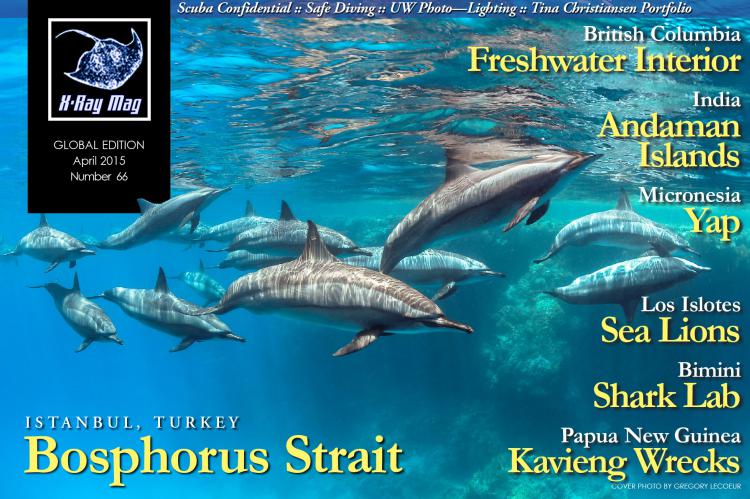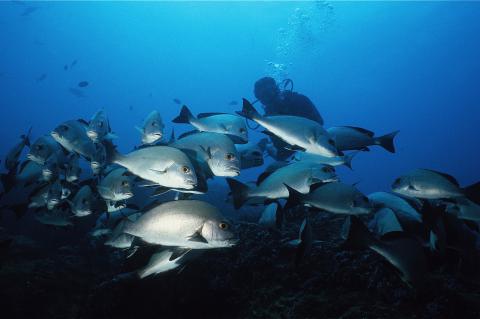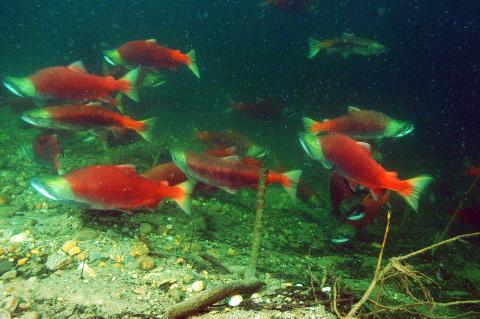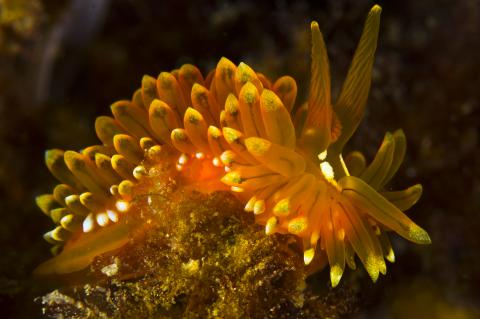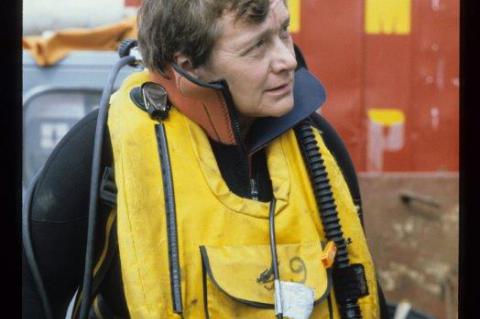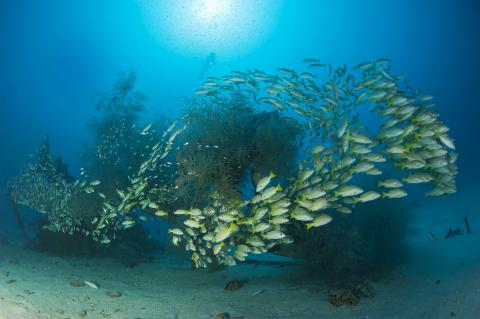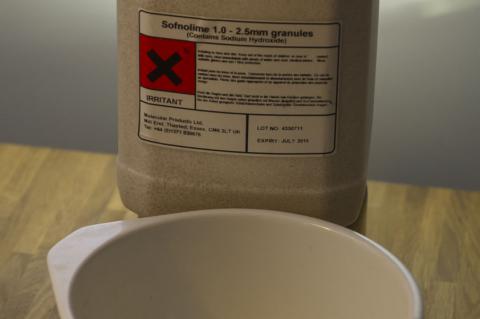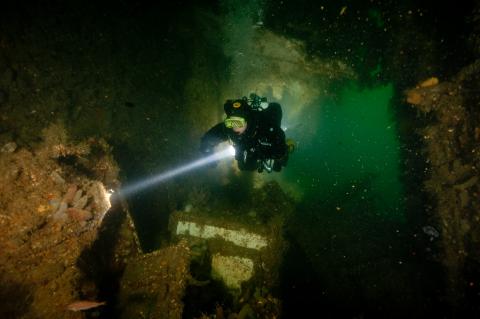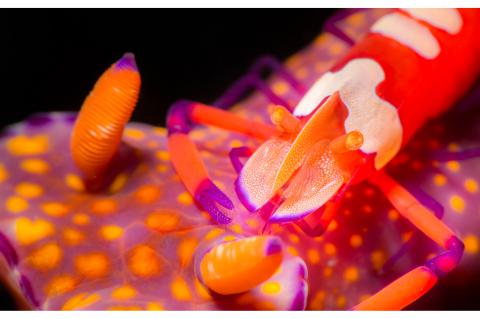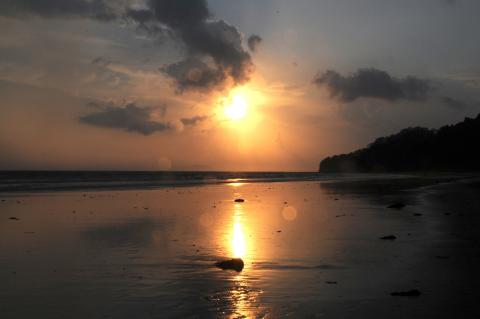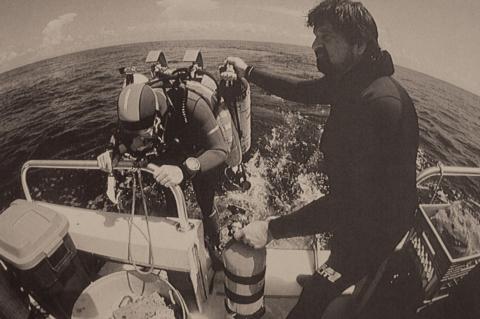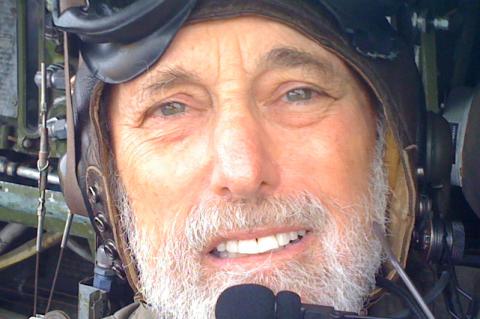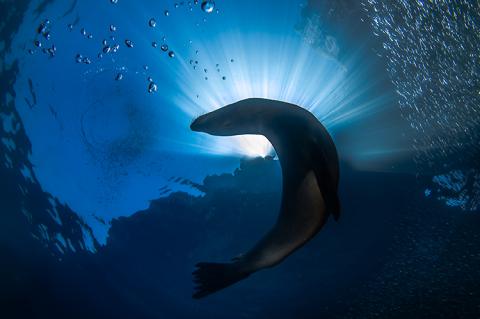X-Ray Mag #66
Diving the Bosphorus Strait in Istanbul; British Columbia's freshwater interior; India's Andaman Islands; Micronesia's Yap; Sea lions of Los Islotes; Kavieng's WWII wrecks; Tribute to Dr Margaret Rule; Scuba Confidential on Running Out Fast; Diving Safely; Bimini Shark Lab; Tech Talk: Rigging Options; Lighting for underwater photography; Tina Christiansen portfolio; Plus news and discoveries, equipment and training news, books and media, underwater photo and video equipment, shark tales, whale tales and much more...
Main features in this issue include:
Andaman Islands: The Spell of Kalapani
Extending 329 kilometers from north to south, the Andaman and Nicobar Islands have 1,912km of coastline, about a quarter that of India. The continental shelf has a surface area estimated at 16,000km². The coral reef biodiversity here amounts to 5,440 species, 138 of which are endemic.
Some call it Kalapani ("the black waters"}, from the Hindi Kala ("black") and pani ("water"), but to scholars, the word has a much somber meaning. It comes from kal ("the time of death") and therefore Kalapani should translate as "the waters of death".
British Columbia: Diving Canada's Freshwater Interior
Although British Columbia’s (BC) coastal area offers numerous shipwrecks, colorful walls and reefs full of life, there are also a considerable amount of freshwater lakes and rivers to explore within what is known as BC’s Interior Region of Canada. Actually, you might be surprised at what you will find to do and see above and below the water.
On many occasions I have joined friends and dive groups to check out some of the more popular Interior destinations, but I was amazed to find many more sites were also available. Most of the locations are listed on dozens of different websites, including a few informative You Tube videos.
Diving Istanbul: Life beneath the Bosphorus
Istanbul—a metropolis of over 15 million inhabitants—is one of the world's most populous cities, and thus, naturally, Turkey's largest and most important city, both economically and culturally. Indeed, Istanbul remains one of the oldest cities in the world.
The city ceased to be the Turk’s ‘capital’ with the foundation of the Republic of Turkey in 1923 by Kemal Ataturk. Yet, thanks to its rich heritage and ever-expanding population, it maintains and increases its importance with each passing day.
Dr Margaret Rule CBE
Dr Margaret Rule CBE, the British archaeologist who supervised the largest maritime archaeological excavation in history and the subsequent raising of King Henry VIII's warship from the Solent seabed, has died aged 86.
The warship Mary Rose was launched in 1511 and served for 34 years as the flagship of Henry VIII’s navy. She sunk, without warning, a mere two miles outside Portsmouth Harbour on 19 July 1545 with the approximate loss of 500 men and boys.
Ghosts of the Machines: Kavieng’s WWII Wrecks
The 21st of January in 1942 was a really bad day to be a resident of Kavieng, in New Ireland, Papua New Guinea. On that fateful day, the full might of the Imperial Japanese Navy was unleashed on this small town on the remote eastern edge of the Bismarck Archipelago, as it prepared to seize the main prize of Rabaul in nearby New Britain.
Rabaul’s Simpson Harbour was the Australian Army’s key base in the archipelago, and had to be taken by the Japanese, as they rolled out their plan to seize the main island of Papua New Guinea and isolate Australia to the south.
Good ideas gone bad
A confession from a rebreather diver
I have always wanted to start using a rebreather. I wanted to become a true shark of the diving world. There’s nothing more calming than listening to nothing except the undersea life, without the sound of bubbles puffing up to the surface.
Is Diving Really Safe?
Admittedly a rather contentious title, but it's supposed to be. Debates over whether diving, or even certain types of diving, are safe sometimes get emotive and heated, depending on the arguments being made. These include: Is closed circuit rebreather diving safe? How much safer is recreational rebreather diving than open circuit? Is cave diving safe? Is recreational diving to 18m on open circuit safe?
The simple answer is—it depends! This article will present a series of arguments so the reader (and diver) can make that decision, as ultimately, it is the diver who is choosing to get in the water and expose themselves to the risks therein.
Lights, camera, action...
Lighting your way to better photos.
Of course, there is no substitute for having adequate working knowledge of the camera system, while a good eye for composition is a bonus. The key factor in creating dynamic, creative and impactful underwater images is understanding the light.
Learning and understanding how light falls on the subject and having the ability to control and shape the light is crucial! Lighting is what creates the mood and atmosphere of any image.
Running Out Fast!
Ben is a scuba diving instructor—this is his story.
It was the first dive of the day. I rolled backwards into the ocean from our little tender boat, descended to 24m, swam over to Cannibal Rock and began a gentle exploration from the bottom up.
Set Theory
Though double (twinset) tanks and stage bottles are generally a requirement for most technical diving operations, diving sets vary significantly depending on the specific application and diving environment. Here’s a look at some of the more common methods of set rigging as practiced today in the “doubles community.”
—The following article is reprinted from the pioneering American journal for technical diving, aquaCORPS, V4, MIX, January-February 1992.
The Founding of a Shark Lab
Samuel H. "Doc" Gruber began studying sharks in 1961, perhaps before any other scientist had done full-time research on a living shark. During his long career, he founded the Bimini Biological Field Station (Shark Lab), the Shark Specialist Group of the International Union for the Conservation of Nature (IUCN), a United Nations organization based in Switzerland, and the American Elasmobranch Society.
Since his riveting meeting with the hammerhead shark at the age of 20, Gruber had focused on trying to learn all he could about sharks. Yet his interest had not extended to conservation. But already when he wrote his doctoral dissertation in 1968 he knew that sharks were in trouble.
The Sea Lions of Los Islotes
Underwater photographer Gregory Lecoeur journeys to Los Islotes off the coast of Baha, Mexico, in the Sea of Cortez, which is home to a colony of California sea lions.
In between the Pacific Ocean and the Sea of Cortez [ed.—also known as the Gulf of California], the Mexican peninsula of Baja California takes shape. Located at the mouth of the Sea of Cortez, its capital, the quiet town of La Paz, offers a vast biodiversity and exceptional landscapes.
Tina Christiansen Portfolio
American artist Tina Christiansen creates swirling, color-rich paintings with themes inspired by the underwater realm. As a former architect, she comes to painting with an appreciation for structures found in nature. X-RAY MAG caught up with the artist to find out more about her art and what inspires her to create.
"Coral reefs seem to me to be the treasure box of the ocean. I have only begun to explore the colors and textures there."
— Tina Christiansen
X-RAY MAG: Tell us about yourself, your background and how you became an artist.


